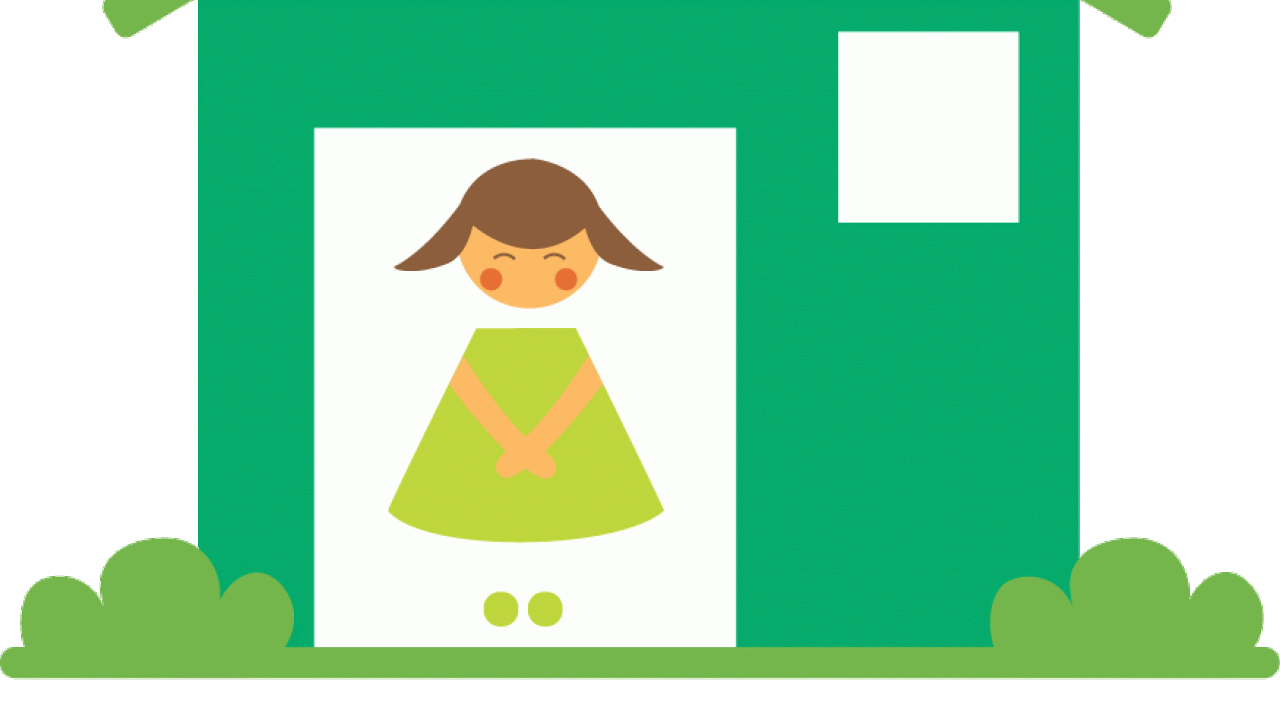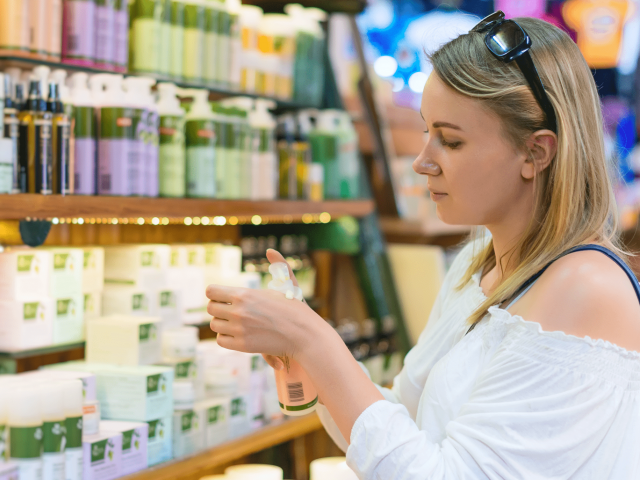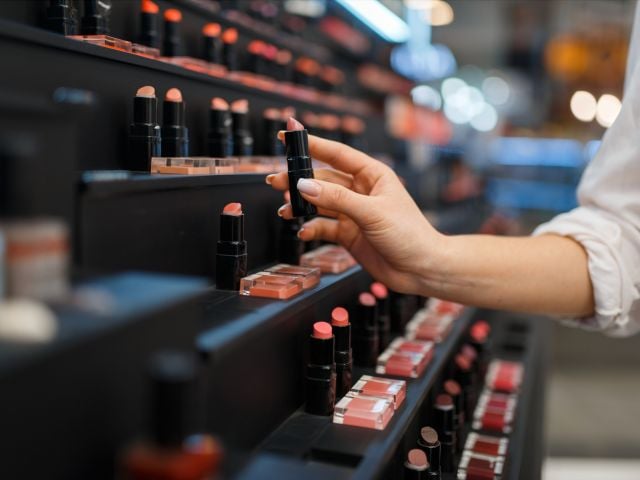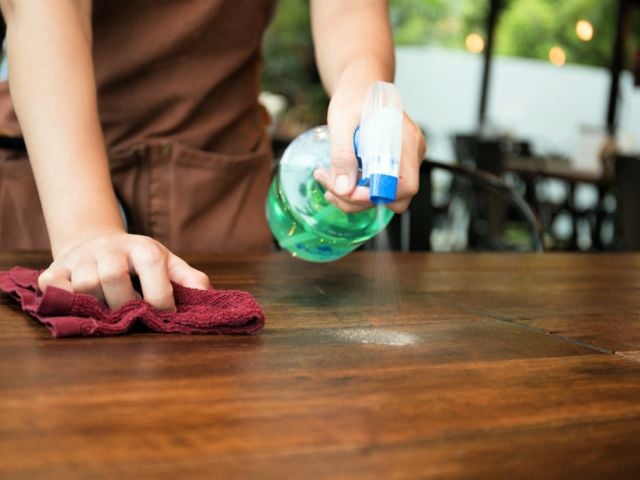
With one case of kid flu and another serious case of coughing and sneezing in the house this week, our family is hand washing like never before. Parents included.
Makes sense, of course, since hand washing is one of the simplest and most effective ways to prevent the spread of germs.
Hand washing serves more than one purpose. It's also an effective -- but often overlooked -- way to prevent the transfer of toxic chemicals from your hands to your mouth, especially for children. Scientists have found that children actually ingest more chemicals off their hands than from mouthing toxic products directly, such as arsenic from playing on older wooden swing sets or fire retardants found on some electronics.
Of course, we're not writing with all good news.
Ironically, some soaps contain chemicals you should avoid, so you should choose safer soaps because who wants to wash off chemicals with more chemicals? Here are a few tips to find a safer soap that works for you:
1. Skip the anti-bacterial soap - it offers no benefits. Anti-bacterial soaps do kill bacteria and microbes -- but so do plain soap and water. A U.S. FDA advisory committee found that use of antibacterial soaps provides no benefits over plain soap and water.
The main reason to avoid anti-bacterial soaps is its active ingredient: triclosan (and the related triclocarbon). Triclosan is an anti-bacterial chemical found in many consumer products, and it's nearly ubiquitous in liquid hand soap. It is linked to liver and inhalation toxicity, and even low levels of triclosan may disrupt thyroid function.
As a result, we include it on our list of the top 7 chemicals for children to avoid. Further, the American Medical Association recommends that triclosan not be used in the home, as it may encourage bacterial resistance to antibiotics.
It also affects the natural environment. Wastewater treatment does not remove all of the chemical, which means it ends up in our lakes, rivers and water sources. That's especially unfortunate since triclosan is very toxic to aquatic life.
To learn more about triclosan and how to avoid it, read our short report and download our 1-page guide. 2. Choose safer soaps. Knowing what ingredients to avoid is important, but identifying safer alternatives is an equally important next step. We recommend "plain" soap and water for the most effective and least problematic hand washing.
Always check the ingredient list! When you're at the store, read those labels. Fragrance, triclosan and triclocarbon will be listed, making it easy to leave them on the shelf and find safer soaps.
Liquid and bar soaps There are liquid and bar soaps and hand sanitizers that don't contain triclosan or fragrance, another ingredient we recommend avoiding.
- Liquid soaps: You can find liquid hand soaps that don't contain triclosan, triclocarbon or fragrance in our Skin Deep database.
- Bar soaps: Choose from these that have no triclosan, triclocarbon or fragrance.
3. A word about hand sanitizers If you like the convenience of waterless hand sanitizers, alcohol-based sanitizers are a better bet because they don't contain triclosan or triclocarbon. We suggest you choose one that doesn't contain fragrance, either. You can find hand sanitizers without these three ingredients in our Skin Deep database.
Remember: Hand sanitizers don't prevent hand-to-mouth chemical transfers as well as soap and water, because their purpose is to kill bacteria, not to remove the dust and dirt that can harbor chemicals. Also, when washing with water, product ingredients are partially washed off, whereas all ingredients in hand sanitizers are left to fully absorb into your skin.
Read more Healthy Home Tips Learn more about our Healthy Home Tip series and sign up to get the monthly tips in your inbox.



